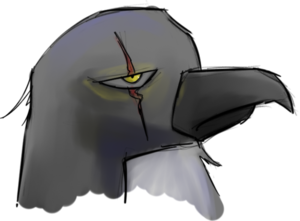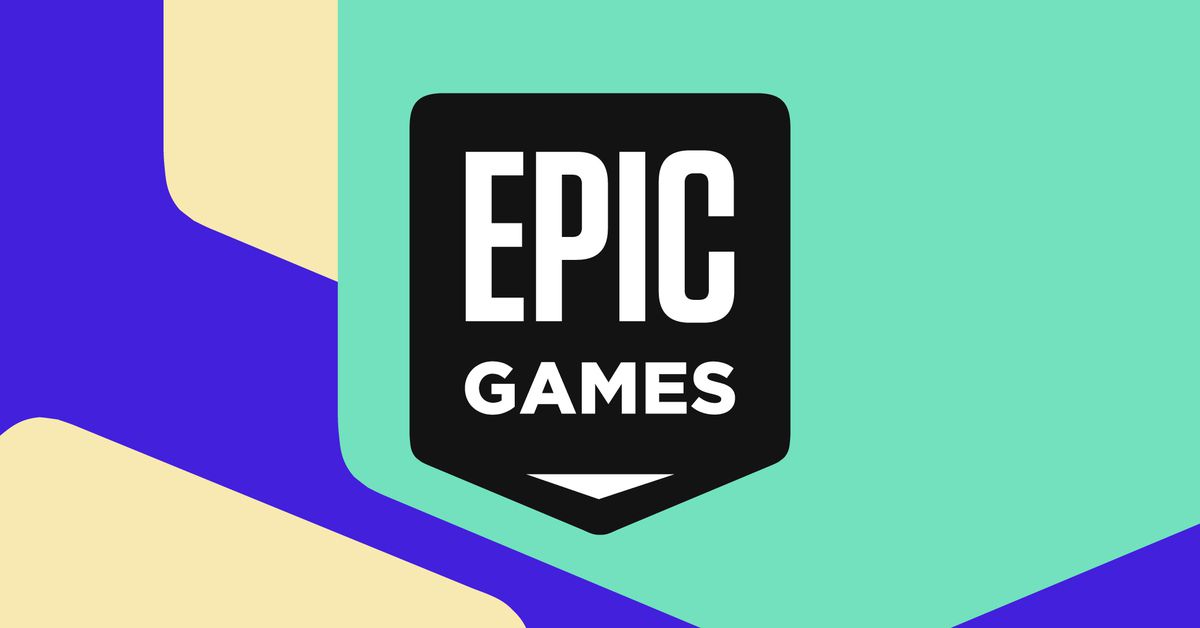- cross-posted to:
- games@sh.itjust.works
- cross-posted to:
- games@sh.itjust.works
Another reason to not buy stuff there.
Interesting that people downvote this post itself.
Can someone ELI5 to me what the hell a block chain game exactly is. I know what NFT’s are, and I get the gist of what the block chain is, I’m just struggling to understand how these go together. I’ve looked at a few things, but I’m still struggling to understand what it entails.
Also I feel like my father today, holy shit. TIL I’m an out of touch oldie
Honestly? A grift.
Every Blockchain game currently circulating boils down to an alright game at best (woefully unfinished at worst), "micro"transactions up in the hundreds of dollars and if the Playerbase isn’t completely inexistent, they only care about peddling their NFTs onto the next greater fool in the hopes of making some money.
The people trying to sell you on the concept will make grandiose statements about “truly owning your in-game items” and even being able to use items from one game in another, when in reality the tech doesn’t really allow for this (not in the way commonly described), there is little incentive for games to do this, and in cases a Blockchain launched and then failed, NFT owners were left holding valueless items just like they would in a regular game.If you ever wanna take a look at the current “offerings”, take a look at Jauwn’s channel. You quickly see it mostly boils down to empty promises and asset flips.
Appreciate the explanation! Makes sense. Anytime I hear the word Bitcoin or NFTs, my red flags shoot to attention.
The “dream” is decentralized ownership. If you buy an item in a game, you could resell it to someone else outside the game (in theory this could mean that a game wouldn’t need to create its own marketplace). In theory items could be used across multiple games or platforms.
In reality, game publishers have little incentive to actually do the above things. Why would game x want to support items sold in game y? Why would a platform want to support a secondary market if that would only eat into the primary market.
There are some neat ideas, but the player base is too jaded against it for it to go anywhere anytime soon.
Definitely is pretty weird logic. I wish the people that come up with this crap, would actually apply their skills and attention to problems and issues that actually need solving, or to innovations that actually move society forward. But no.
Also I really appreciate you taking the time to explain this more!
This is the best summary I could come up with:
The Epic Games Store has a strict ban on games classified as “Adults Only” by the Entertainment Software Rating Board (ESRB) — normally games with excessive nudity or violence.
“Some blockchain-based games are receiving Adults Only (AO) ratings from industry ratings bodies for their particular implementation of blockchain,” Epic Games spokesperson Brian Sharon says in a statement to The Verge.
“We’ve updated our Epic Games Store content policy to allow for games that are rated AO solely due to the usage of blockchain or NFT technology.” Policies prohibiting things like porn, gambling, and hateful content remain in place, Sharon says.
(Blockchain games cannot facilitate gambling, Epic says.)
Gods Unchained and Striker Manager 3, for example, were recently booted from Epic’s marketplace due to their 18 and over rating, and because of the new policy shift, both games have returned to the store.
Although Steam and Itch.io allow AO games in their marketplaces, users can filter them out.
The original article contains 209 words, the summary contains 157 words. Saved 25%. I’m a bot and I’m open source!



